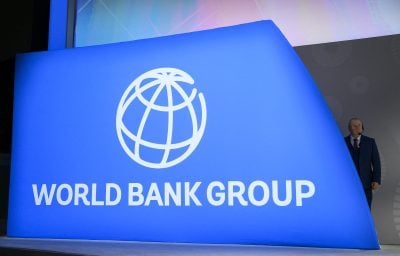Equatorial Guinea: The Country. Equatorial Guinea comprises three diverse territories on the Gulf of Guinea: the main island of Bioko, which includes the capital, Malabo; a smaller island called Annobón, which lies to the south; and Rio Muni, which is located opposite Bioko on the African mainland and which borders Cameroon and Gabon.
The area is remarkably mountainous: the highest point on Bioko is over 3,000 metres above sea level, while the ocean floor plunges to a similar depth, giving a range of more than 6,000 metres in what is a small country of just 28,050 square kilometres.
The three territories are distant from each other, straining transport links but also giving the country sovereignty over a large portion of the Gulf of Guinea deepwater territory that has yielded so many hydrocarbon discoveries in the region over the past decade. The geology of Equatorial Guinea and indeed of the wider region resembles that of offshore Brazil and indeed the two regions were actually formed together.
Most of the country was covered by thick primary rainforest, including ebony and mahogany trees, although much of that has now been cleared. Rainfall varies widely across the country but reaches an annual average high of 10,000 mm on southern parts of Bioko, making it among the very wettest places on earth.
The country has stunning scenery, warm-year-round weather and beautiful beaches that have the potential for a tourist industry, particularly during the drier months from January to July, but virtually none exists at present.
Portugal occupied Bioko and Annobón, together with neighbouring São Tomé and Príncipe, from the 1470s until it ceded the first two to Spain in 1778. It was not until 1926 that the two were merged with the continental territory of Rio Muni, which was then called Fernando Po. The combined colony, which was named Spanish Guinea, relied heavily on cocoa production, even after independence in 1968 and was widely considered to be a colonial backwater.
Equatorial Guinea currently has a population of 750,000, which is growing by about 2.5% a year, despite low life expectancy of 52 years.
The official languages of Equatorial Guinea are Spanish and French: Spanish because all three parts of the country were Spanish colonies; and French because it is the main official language of Central Africa. Fang is the most popular African Equatoguinean language spoken. There is a range of different ethnic groups in the country but by far the largest is the Fang, many of whom also live in Gabon and Cameroon.
Rio Muni accounts for about 93% of the country’s land territory and 75% of its population, with most of the remainder on Bioko and just 1,500 on Annobón. However, the economic boom has prompted a great deal of migration from Rio Muni to Bioko and from rural areas to the two main cities: the capital Malabo on Bioko and Bata in Rio Muni. It seems unlikely that rural development will proceed quickly enough to stem this migration pattern.
The predominant religion in the country is Roman Catholicism, with an official following of 92%, with most of the remainder split between animism and Protestantism, plus a small Muslim minority. In practice, however, some people follow both variations of animism and Christianity.
Want to continue reading? Subscribe today.
You've read all your free articles for this month! Subscribe now to enjoy full access to our content.
Digital Monthly
£8.00 / month
Receive full unlimited access to our articles, opinions, podcasts and more.
Digital Yearly
£70.00 / year
Our best value offer - save £26 and gain access to all of our digital content for an entire year!
 Sign in with Google
Sign in with Google 


